Why doesn't Pacamara hand make coffee in Rose Manor of El Salvador? how to drink Pacamara?
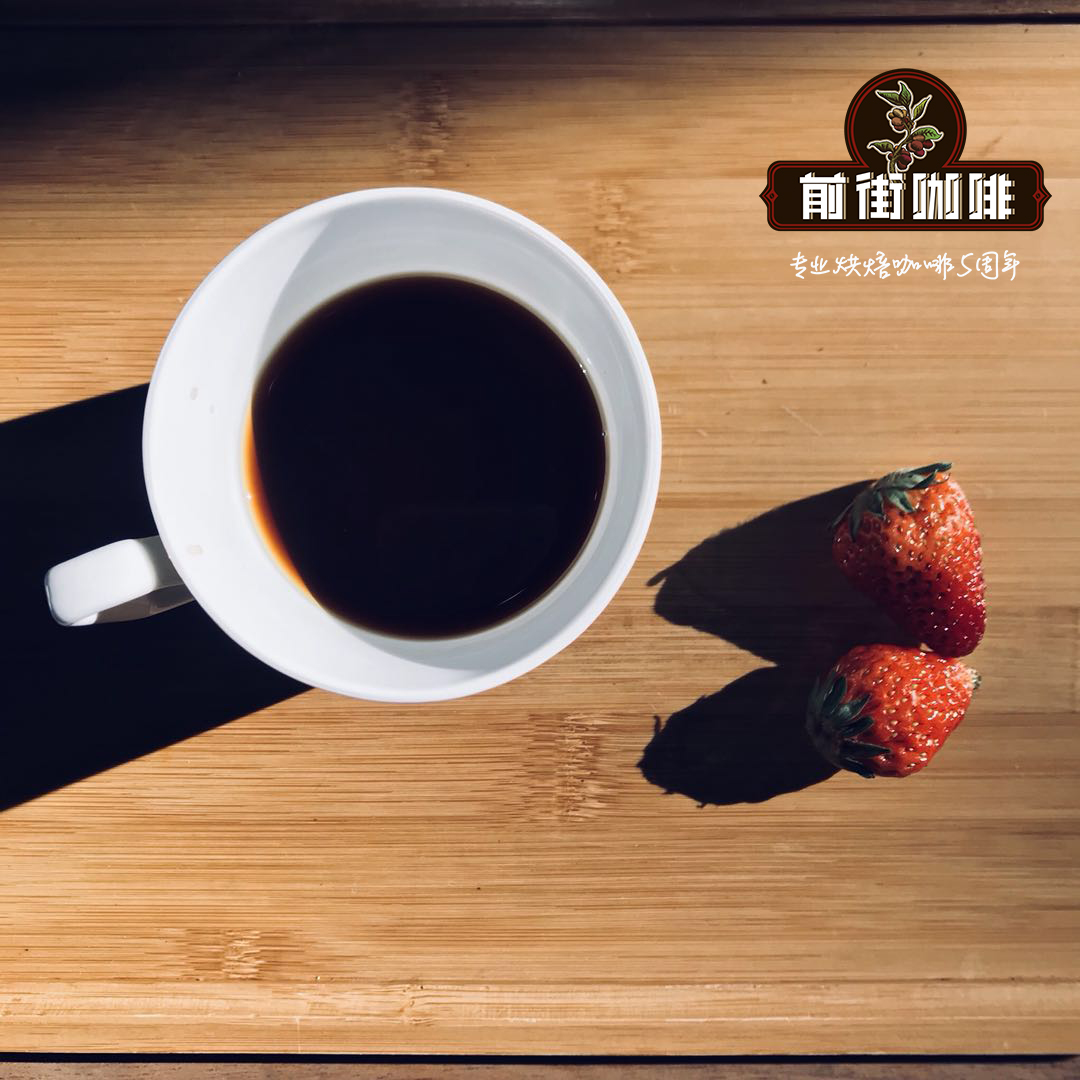
Professional coffee knowledge exchange more coffee bean information please follow the coffee workshop (Wechat official account cafe_style)
2018 new season El Salvador Rose Manor Pacamara Coffee El Savador Chalatennago Finca Las Rosas Pacamara Honey
Region:Chalatennago of origin
Manor Estate: rose Manor Finca Las Rosas
Bean seed Variety: Pacamara Pacamara
Grade Grade:SHB
Treatment Processing: honey treatment Honey
Altitude Altitude:1450m
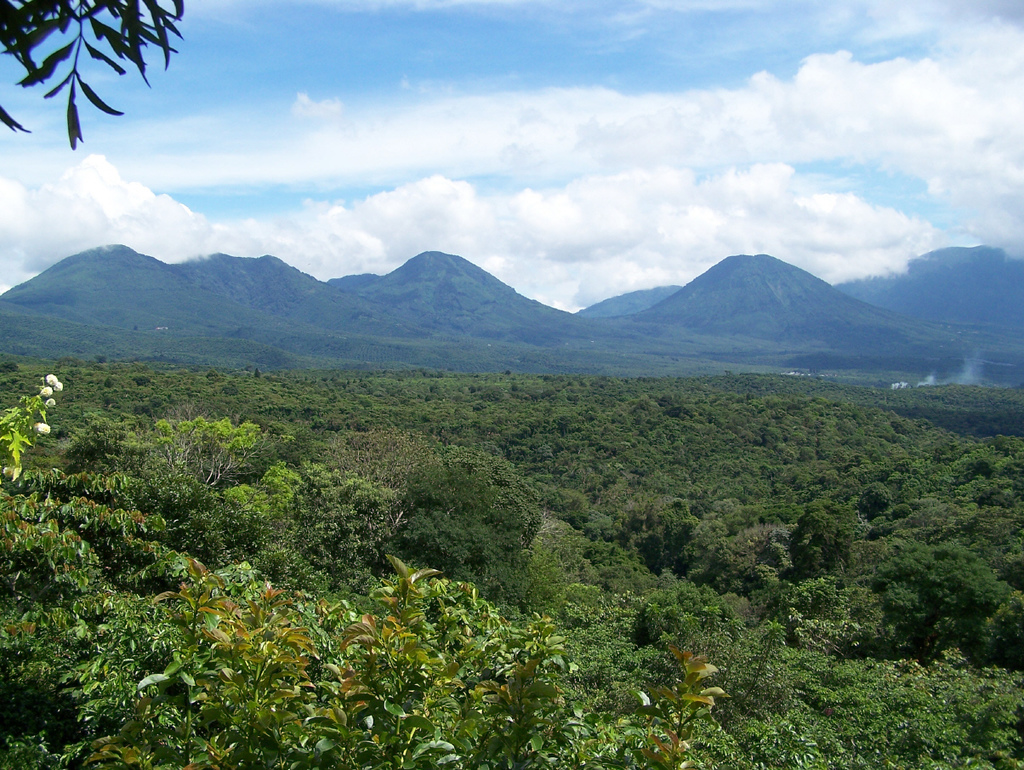
[introduction to Chalatennago producing areas and manors]:
✅ El Salvador boutique coffee competition can be said to be quite fierce, for decades, Santa Ana Santa Ana volcanic area is recognized as the best producing area, the major manor owners joined hands to win many competition championships; but in recent years, with small farms and farmers joining the competition, the flavor of small processing farms has become more and more recognized. Chalatenango (Charat Nanguo) is located in the north of El Salvador, close to the border of Honduras. Local farmers grow Pacamara beans with outstanding flavor. COE champions in 2013, 2014 and 2015 are all won by farms in Charat Nanguo producing area. The legendary old farmer of Possido Manor entered the final round of the CoE National Competition with a high score of 92.06 and finally won the championship of El Salvador. And won the title of Triple Crown King, from then on unknown new production area became famous, for future generations to talk about.
✅ in the geographical environment, Charatnam fruit is very different from other producing areas, most of the coffee in El Salvador is produced in volcanic areas, but the region is far from the Salvadoran volcanic belt, located in the north, the cold temperature causes the fruit to ripen slowly and get better sweetness. Under the environment of stable rainfall and special mineral soft soil, Finca Las Rosas Rose Manor cultivates an excellent variety of coffee, Pacamara, which is fertilized with organic farming to fully absorb nutrients and present a variety of fruit flavors, with a sweet, clean, smooth and long aftertaste.
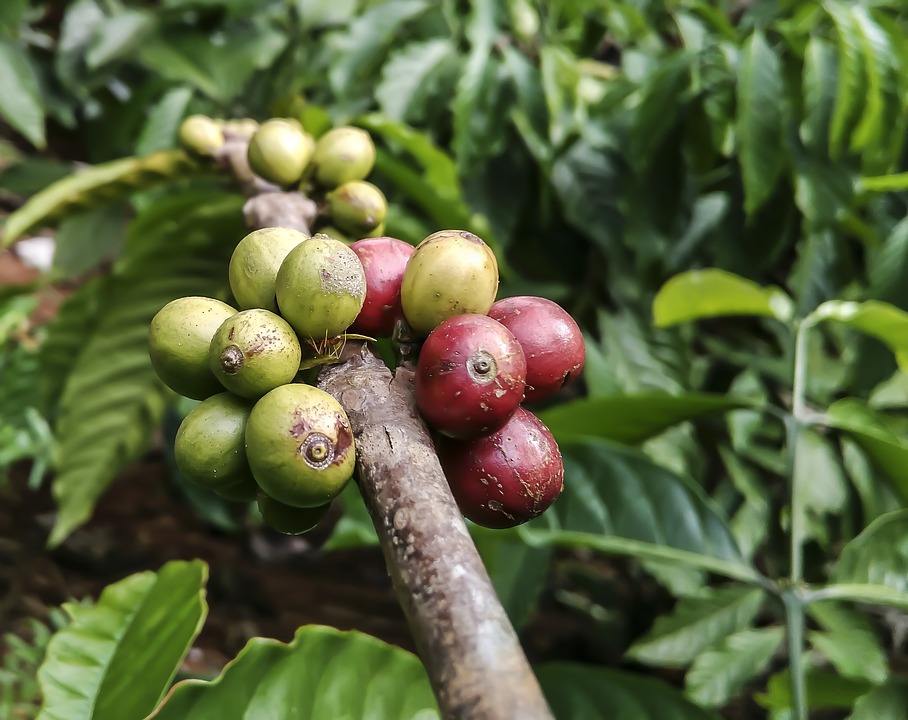
Introduction of Pacamara coffee bean varieties:
Pacamara, a new hybrid born in El Salvador in 1958, is a cross between bourbon Pacas (Pacas) and iron card elephant bean (Maragogype). It has the advantages of both, but it is better than blue! Pure and soft, mellow and smooth, acidity lively, full flavor, long finish, amazing.
Pacamara stunned people on COE in El Salvador in 2005. In the top ten, Pakamara bean seed occupies the second, fifth, sixth and seventh place!
In 2007, the Pacamara breed won the COE championships of Guatemala and El Salvador. Since then, Pakamara has been out of control on the road of winning the award, has occupied the forefront of the list of major events for a long time, and is known as a rookie variety as famous as Rosa in the world.
On COE in Guatemala alone, Pakamara won the title in seven of those 10 years in 2008 / 2017.
Due to the unnatural performance of Pacamara on the field, in 2017, the BOP (Best of Panama) international competition group decided to compete as a separate group.
However, Rao still has some disadvantages: Pacamara has high requirements for soil and water, climate, environment and altitude, and its yield is not high and its resistance to leaf rust is low, so its planting popularization rate is not high.
Today, although Pacamara is no longer particularly rare, it is still not a very common bean in the market. In particular, Pakamara is best produced in Guatemala and El Salvador, with a large number of international pursuers, so it is even more rare for those who can reach the country.
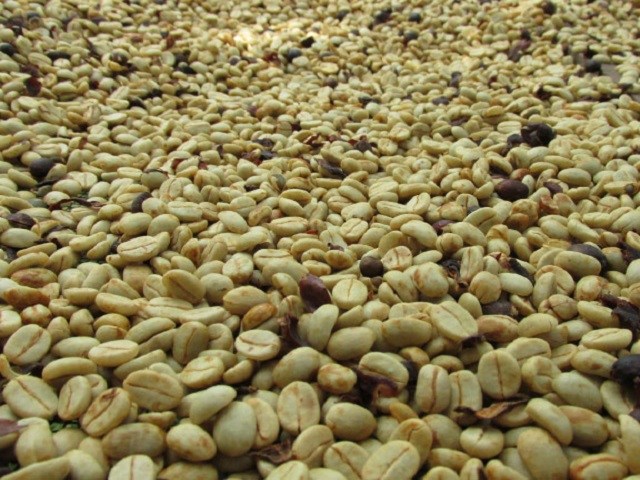
Introduction to the treatment method:
Honey treatment (Honey Process / Procesado Full Miel)
After the peel of coffee cherry was removed, 100% sticky pectin layer (mucilage) was completely preserved. Unlike the whole washing method, honey treatment did not use fermentation to remove the sticky pectin layer, but placed the pectin layer directly on the African shelf to dry. In the drying process, it is necessary to stir frequently and frequently to avoid mildew or excessive fermentation caused by sticky pulp, ensure uniform sun exposure, use sunlight and wind to dry, and then directly remove the pectin layer and parchment, which requires more manpower and time cost than other treatment methods.
Characteristics of honey treatment
Lies in the best preservation of the original sweet flavor of coffee fruit, honey-like sweetness, thick body.
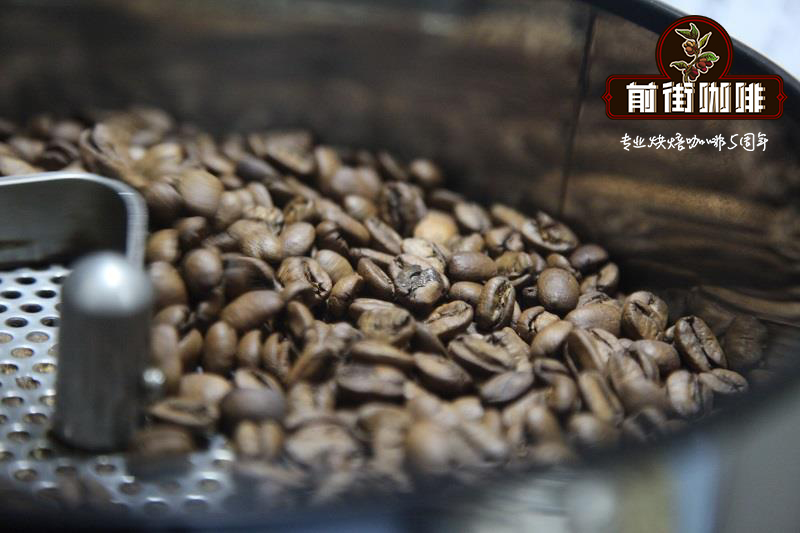
Baking suggestions / Analysis:
The variety of this coffee is giant bean [Pacamara] with relatively large granules and high density, and the newly produced kidney beans have high moisture content. The heat absorption is relatively slow in the baking process, and the Mena reaction process is also relatively fast. The yellowing point is about 5 minutes. In the first baking, you can try to lower the bean temperature slightly, for example, the bean temperature is 200 degrees, and the firepower is also relatively increased. In the baking process, gradually adjust the firepower as needed: adjust the firepower after the beans enter the yellowing point to prolong the dehydration time, so that the giant beans can be fully dehydrated. Before an explosion after dehydration, you can properly maintain medium heat or slightly increase the firepower, accelerate the Mena reaction time, and ensure the pressure before the explosion; the precursor of an explosion needs to adjust the firepower properly to avoid bean watch burns. Under this method of operation, the dehydration time of coffee is relatively prolonged, with a heating rate of 6-8 degrees every 30 seconds, but it can also maintain a normal explosion between 8 and a half minutes and 9 and a half minutes, preserving more flower and fruit aroma and keeping clean and bright acidity. It is usually recommended to drop beans between the dense back section of an explosion and the end of an explosion, and bake about moderately.
Cup test flavor description:
Flavor description: peach passion fruit toffee lemon dried longan coffee flower Cunninghamia lanceolata; honey treated PacaMara variety, the tail rhyme is sour and sweet, the sucrose aroma is especially obvious after cold storage, and the rhyme is rich.
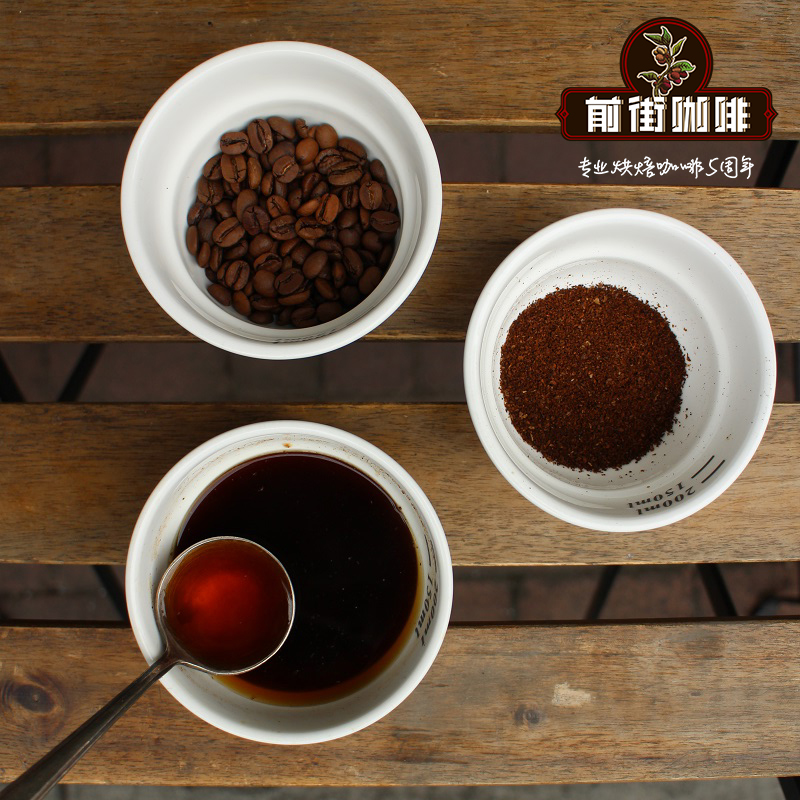
Cooking analysis:
Today, we introduce the common method of making Pacamara coffee in front street: V60 three-stage water injection method.
Extract by stages, pour all the cooking water into three stages.
Suitable for light, medium and medium roasted coffee beans
Use filter cup V60 cup
Increasing the steaming time or water cut-off times can improve the rich taste of the coffee.
Segmented extraction method of three-stage water injection
Advantages: it is richer than the one-knife flow, and can clarify the flavor of the front, middle and back of the coffee. The method is to increase the amount of water injection each time after steaming, usually when the coffee liquid is about to drop to the surface of the powder layer, and use small, medium and large water flow to do three-stage extraction.
Disadvantages: there will be relatively high requirements for the flow rate and flow rate of water.
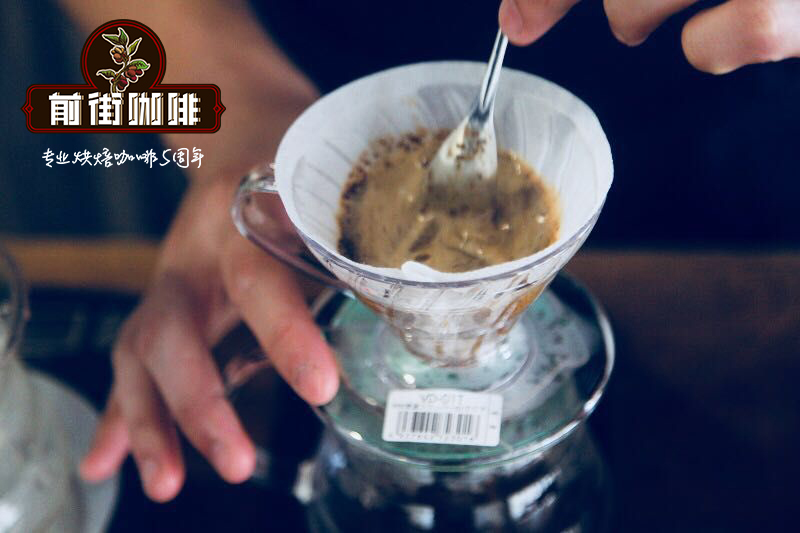
Qianjie [suggestion of Pacamara Coffee hand punching parameters]
Brewing with V60 filter cup can improve the layering of hand flavor and make it richer and cleaner to drink; the bright aroma of Pacamara variety can be fully displayed.
15g powder, water temperature 89-90 degrees, grinding BG 5R (64% pass rate of Chinese standard 20 sieve), water powder ratio close to 1:15-16
Technique: 27g water steaming, steaming time for 30s. The hot water in the hand flushing pot draws a circle clockwise with the center of the filter cup in the middle of the filter cup, starts the time when brewing, injects water to 27g, then stops the injection and waits for 30 seconds to inject water for the first time.
When the first water injection is the same as before, the speed can be slowed down slightly, speed up a little when you go around the outer circle, cut off the water at about 1:15 seconds, and then inject water again when the liquid level drops 1 inch 3. The second water injection is concentrated on the central water injection. The water flow should not rush to the place where the coffee powder is connected with the filter paper, so as not to produce channel effect. Finish the extraction at about 2:05 seconds, and the longer the time is, the longer the extraction can be done. The astringent and rough taste will increase.
Segment: 30-125-230g
END
Important Notice :
前街咖啡 FrontStreet Coffee has moved to new addredd:
FrontStreet Coffee Address: 315,Donghua East Road,GuangZhou
Tel:020 38364473
- Prev
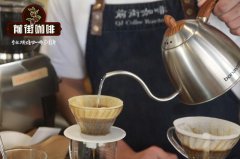
What do you pay attention to in making Tanghuang Manor Pacamara Coffee? what is the reason for making acid in Pacamara hand?
Professional coffee knowledge exchange more coffee bean information please follow the coffee workshop (Wechat official account cafe_style) Don Juan Manor Pacamara Coffee country: Panamanian name: don Julian Manor Pacamara production area: Poquette Class: SHB treatment: washed Sea pull: 1650 meters species: Pacamara Don Julian Manor Story Information introduction: Bana
- Next
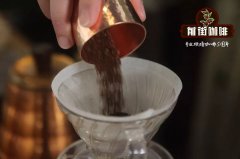
Hand rinse Little Bell Manor Water washing Pacamara Coffee Why is it sour? does it taste good?
Professional coffee knowledge exchange more information about coffee beans Please follow the coffee workshop (Wechat official account cafe_style) Finca los Cascabeles means Ling Ding in Spanish, so it is also called Little Ling Ding Manor. And its flavor is like a small bell, with smart sweetness and light flower fragrance. Xiaolingjie Manor Information Story: the smallest coffee grower in Central America
Related
- Detailed explanation of Jadeite planting Land in Panamanian Jadeite Manor introduction to the grading system of Jadeite competitive bidding, Red bid, Green bid and Rose Summer
- Story of Coffee planting in Brenka region of Costa Rica Stonehenge Manor anaerobic heavy honey treatment of flavor mouth
- What's on the barrel of Blue Mountain Coffee beans?
- Can American coffee also pull flowers? How to use hot American style to pull out a good-looking pattern?
- Can you make a cold extract with coffee beans? What is the right proportion for cold-extracted coffee formula?
- Indonesian PWN Gold Mandrine Coffee Origin Features Flavor How to Chong? Mandolin coffee is American.
- A brief introduction to the flavor characteristics of Brazilian yellow bourbon coffee beans
- What is the effect of different water quality on the flavor of cold-extracted coffee? What kind of water is best for brewing coffee?
- Why do you think of Rose Summer whenever you mention Panamanian coffee?
- Introduction to the characteristics of authentic blue mountain coffee bean producing areas? What is the CIB Coffee Authority in Jamaica?

